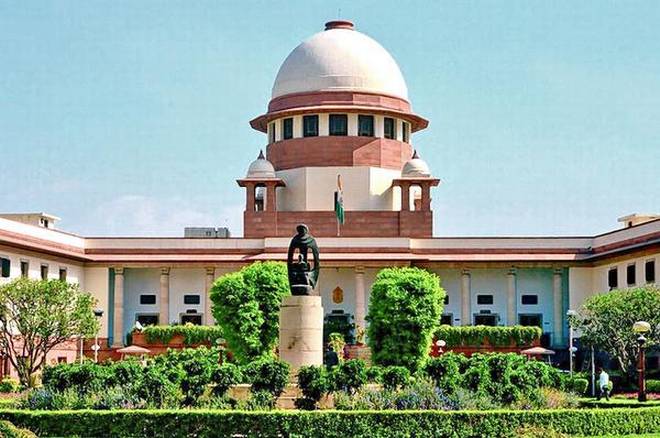
The Supreme Court said on Wednesday that it would hear the “Ram Setu” case on July 26 after accepting a petition from Bharatiya Janata Party leader Subramanian Swamy. A directive has been sought in the Plea for the Central government to designate the “Ram Setu” as a national historical monument. See here.
Ram Setu, also referred to as Rama’s Bridge, Adam’s Bridge, Nala Setu, and Setu Band, is a chain of shoals that extends from Pamban Island (also known as Rameswaram Island) off the south-eastern coast of India to Mannar Island off the north-western coast of Sri Lanka.
The points made by Swamy specifies that it was an urgent and “small matter” that needed to be listed for hearing were acknowledged by a bench comprising of Chief Justice N V Ramana, justices Krishna Murari, and Hima Kohli.
The CJI instructed Swamy to allow it to be listed “after my retirement” in a humorous manner.
Then, the CJI scheduled it for July 26. The BJP leader claimed that he had already won the first battle in the court case in which Ram Setu’s existence was acknowledged by the Centre.
In addition, he pointed out that despite a meeting being called by the concerned union minister in 2017 to discuss his demand, nothing ever came of that.
The BJP leader, Subramanian Swamy, had proposed the idea :
The BJP leader, Subramanian Swamy, had proposed the idea of designating the Ram Sethu as a national historical monument in his PIL opposing the contentious Sethusamudram Ship Channel project, started by the UPA-I government.
Ram Setu has been at the center of controversy ever since the 2005 inauguration of the Sethusamudram Shipping Canal Project by then Prime Minister Manmohan Singh, which was proposed by the then-Congress-led government.
The proposal envisaged a shipping canal across the Gulf of Mannar, Palk Bay, and the Palk Straits to connect the Arabian Sea to the Bay of Bengal.
A route through the limestone shoals of Ram Setu (also known as Rama’s Bridge, Adam’s Bridge, and Ramar Palam) in the Sethusamudram sea between Tamil Nadu and Sri Lanka was to be dredged for this purpose.
However, environmental groups, as well as various Hindu organizations and national parties such as the BJP, were opposed to the proposal, claiming that it would damage the Ram Setu.
The UPA-1 administration filed an affidavit in the Supreme Court in 2007 arguing that Ram Setu, which is said to have been established by Lord Ram, lacks scientific truth.
In addition to inflaming religious feelings, the UPA-1 government’s conduct in this subject sparked a political tempest when it was argued, In the Supreme Court, that there was no historical evidence in support of Lord Ram.
The Centre was given six weeks time by the supreme court :
The Madras High Court ruled in June 2007 that the mythological Ram Setu across Palk Bay is man-made and ordered the Centre to submit an affidavit explaining why it couldn’t use an alternative route to build a canal instead.
At that time, while then-DMK chief M Karunanadhi had harshly criticized “communal forces” for using the “myth” of Ram Sethu to stall the Sethusamudram project, AIADMK chief Jayalalithaa demanded that Rama Setu be declared a national monument by then-Prime Minister Manmohan Singh.
The case then moved to the Supreme Court, which put the Ram Setu project on hold.
Later, the center claimed that it had taken into account the “socio-economic disadvantages” of the project and was open to looking into alternate routes that would not harm the Ram Setu.
The Centre was given six weeks by the supreme court to explain its position on the Ram Sethu on November 13, 2019. It had also given Swamy the freedom to move to court if the Centre did not file a response.
The proposal for an underwater exploration project to determine how and when the Ram Setu was established was approved last year by the Central Advisory Board on Archaeology, a body under the Archaeological Survey of India (ASI).













